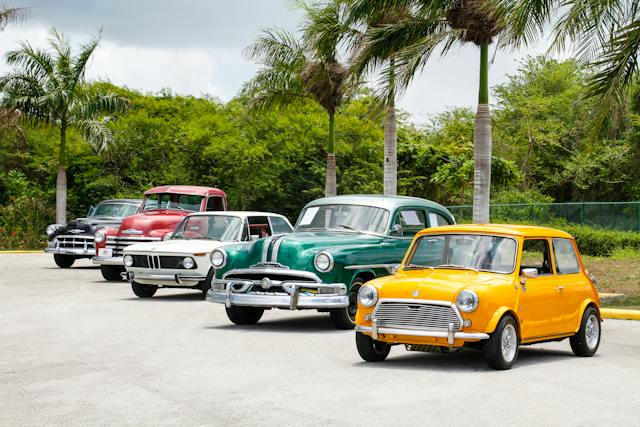Let’s face it: They don’t make cars quite like they used to. There’s nothing like driving out and spotting those classic Corvettes, Thunderbirds, and Challengers, hitting the road in pristine conditions like they just rolled off the factory line decades ago. The amount of upkeep and restoration that goes into making those classic cars return to their livelihood is truly a labor of love. Here are some tips to keep in mind if you’re thinking of bringing a classic piece of machinery back to life.
1. Choose a car that will retain its value
There are plenty of old vehicles out there on the market just pining for restoration. Junkyards and salvage yards are actually a gold mine for cars that need a little TLC. A search as simple as typing “junkyard in Rochester, NY” into Google can direct you to the car make you’re looking to bring back to its classic form. While you may be hell-bent on getting a particular model to put through the repair process, some vehicles just won’t return to their value.
Be sure to do some research on the car make that can be more valuable after being brought back to a cherry condition. A car with appreciation potential may be a more costly investment at the onset, but it’s important to remember the cost of that current junk car is only a small component of overall auto body repair services. Everything from fender repair to a new paint job is going to add up over time, so it’s important to budget properly to make sure that you address the entire vehicle from each dent and ding to the parts that make it run.
2. Find a car that starts
When looking for a classic car to restore, having an engine that works is a major advantage and will save you a huge amount of money. Rather than having to spend a lot at an auto mechanic shop, you can direct your funds toward auto body restoration and the physical appearance of the vehicle. In the best-case scenario, you might need a new battery, starter, or fuel pump. A technician can easily make this happen, but in the event of more extensive repairs, you’ll want to be sure that such parts from the original model are available.
A shortage of replacement parts can stop a restoration project dead in its tracks. There may not be aftermarket replacement equipment out there, and even used parts may be prohibitively expensive. To ensure that a project goes smoothly, make sure this is not your stumbling block. If you can’t obtain the parts directly from vehicle manufacturers, it could lead to some trepidation. Buffing out dents and bodywork is idealistically where most of your budget should go when trying to restore a classic car back to life.
3. Be wary of rust
While the fender or body of the car may be in decent enough condition, if you’re opting for a car from salvage, you’ll want to be certain that the vehicle’s chassis hasn’t been eaten away by rust. Rust damage is time-consuming to repair and may require the replacement of steel body panels. Stripping away the entire chassis of the junk vehicle will also require sandblasting every inch of metal, cutting off irreparable sections, and welding in new replacement sections with the help of an auto body technician.
If you’re lucky, you may be able to find replacement panels for your new car from aftermarket manufacturers. You can also have them fabricated from sheet metal through auto body repair shop services. Rust repair isn’t always necessary, but the last thing you want to do is spend on a terrific paint job only to return to the hassle of eliminating this problem. The process of auto restoration can be taxing, but the end product is truly worth it.

